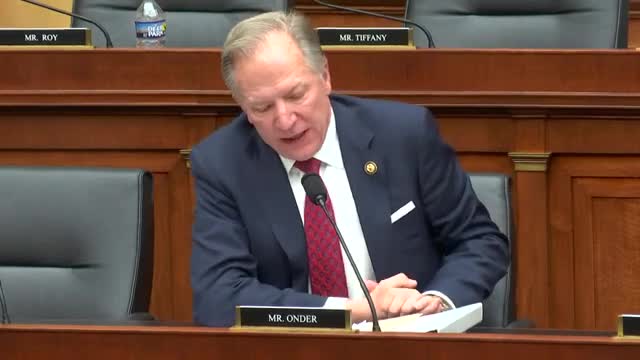
This article was created by AI using a video recording of the meeting. It summarizes the key points discussed, but for full details and context, please refer to the video of the full meeting. Link to Full Meeting
A key point made during the meeting was the potential danger posed by sanctuary cities, where local law enforcement may release individuals who have committed violent crimes back into the community. This issue was underscored by a specific case involving a rideshare driver who was being held on a $250,000 bond. The speaker emphasized that in Saint Charles County, local police would likely cooperate with ICE to ensure that such individuals do not return to the streets.
Missouri's law, enacted in 2008, mandates local police cooperation with ICE, aiming to prevent the release of individuals deemed safety threats. However, the meeting revealed that in other jurisdictions, police departments often deny ICE detainers, complicating enforcement efforts and potentially endangering communities.
Tom Hohman, the newly appointed immigration czar, acknowledged the urgency of addressing these issues and indicated that combating sanctuary jurisdictions would be a priority. The discussion also touched on the operational challenges faced by ICE, including resource constraints that hinder their ability to apprehend individuals who are released despite detainer requests.
The meeting concluded with a call for greater collaboration between local law enforcement and federal immigration authorities to enhance community safety and ensure that individuals with criminal backgrounds do not remain at large. The implications of these discussions are significant, as they highlight the ongoing debate over immigration enforcement and the responsibilities of local jurisdictions in maintaining public safety.
Converted from Sanctuary Jurisdictions: Magnet for Migrants, Cover for Criminals meeting on April 10, 2025
Link to Full Meeting
Comments
View full meeting
This article is based on a recent meeting—watch the full video and explore the complete transcript for deeper insights into the discussion.
View full meeting